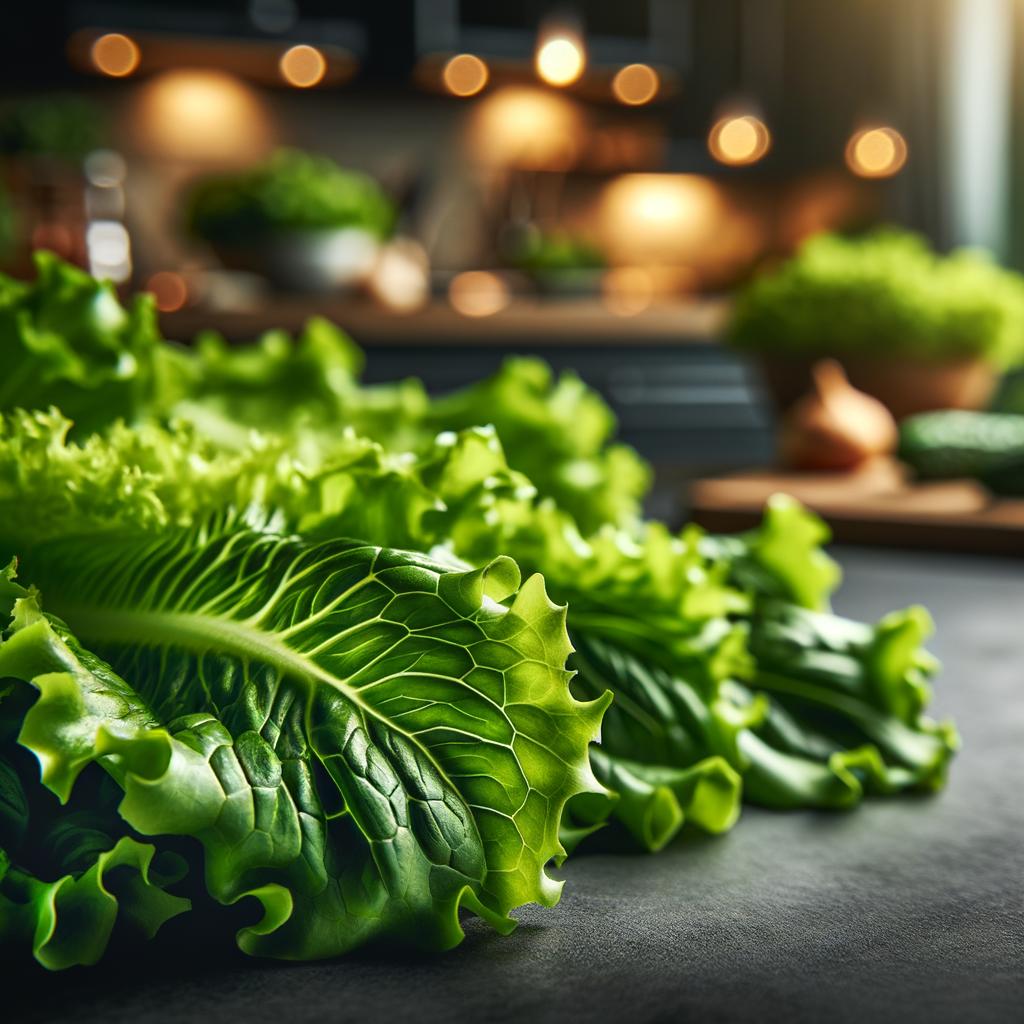Lettuce Leaves

Description Lettuce leaves are a culinary delight, a symbol of freshness and the harbinger of spring. They come in a variety of shapes, colors, and textures, ranging from the delicate, buttery leaves of the Butterhead variety to the crisp, long leaves of Romaine. Each leaf is a masterpiece of nature, its surface a complex network of veins carrying life-sustaining nutrients. Their flavor profile is generally mild, with a slight hint of bitterness that adds a refreshing note to any dish. What sets lettuce apart from other leafy greens is its high water content, which gives it a unique, crunchy texture and makes it a hydrating ingredient in hot weather.
Primary Uses Lettuce leaves are most commonly used in salads, their crisp texture and subtle flavor providing a perfect backdrop for a variety of dressings. They are also a key component in many sandwiches, wraps, and burgers, adding a refreshing crunch. In Asian cuisine, lettuce leaves are often used as a wrapper for savory fillings, creating a delightful contrast of textures. Beyond its culinary uses, lettuce has been used in traditional medicine for its sedative properties, and in many cultures, it is a symbol of fertility and prosperity.
History The history of lettuce leaves is as layered as the leaves themselves. Originating in the wilds of Asia Minor, they were first cultivated by the ancient Egyptians who used the seeds to produce oil. The Greeks and Romans adopted lettuce for their tables, and it was during the Roman Empire that it began to resemble the lettuce we know today. In the Middle Ages, it was believed that lettuce could help one maintain a chaste life, a myth that persisted for centuries. Over time, its popularity spread across the globe, with each culture adding its unique touch to the way lettuce is used and enjoyed.
Nutritional Information Lettuce leaves are a nutritional powerhouse, packed with vitamins A, C, and K, and minerals like calcium, potassium, and iron. They are also a good source of dietary fiber, which aids in digestion. Despite their high water content, lettuce leaves are surprisingly rich in beneficial compounds like antioxidants. Regular consumption of lettuce leaves can help improve heart health, boost immunity, and promote healthy skin. Compared to other leafy greens like spinach or kale, lettuce might seem less nutrient-dense, but its high water content and lower calorie count make it an excellent choice for those seeking a balance between nutrition and calorie intake.

